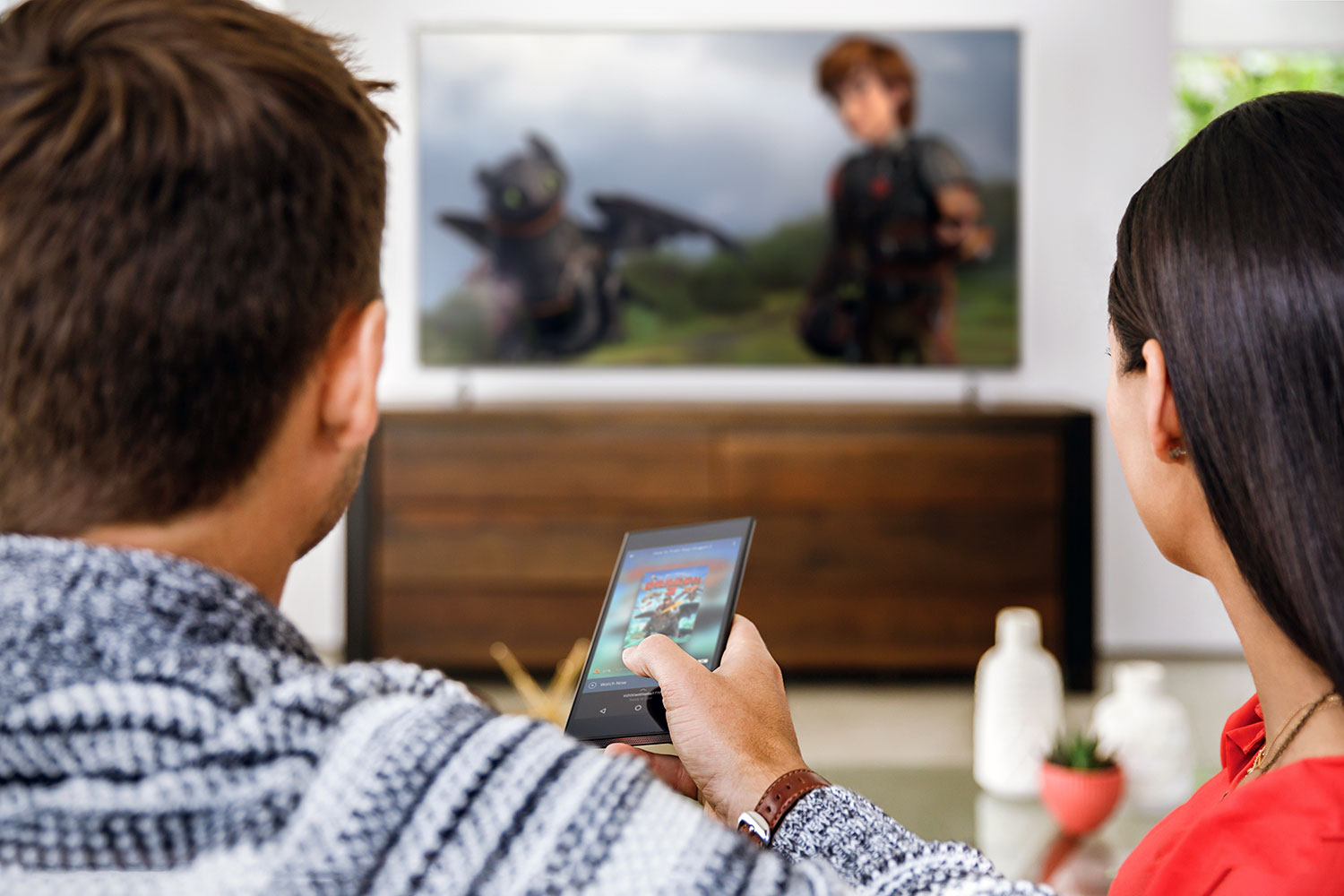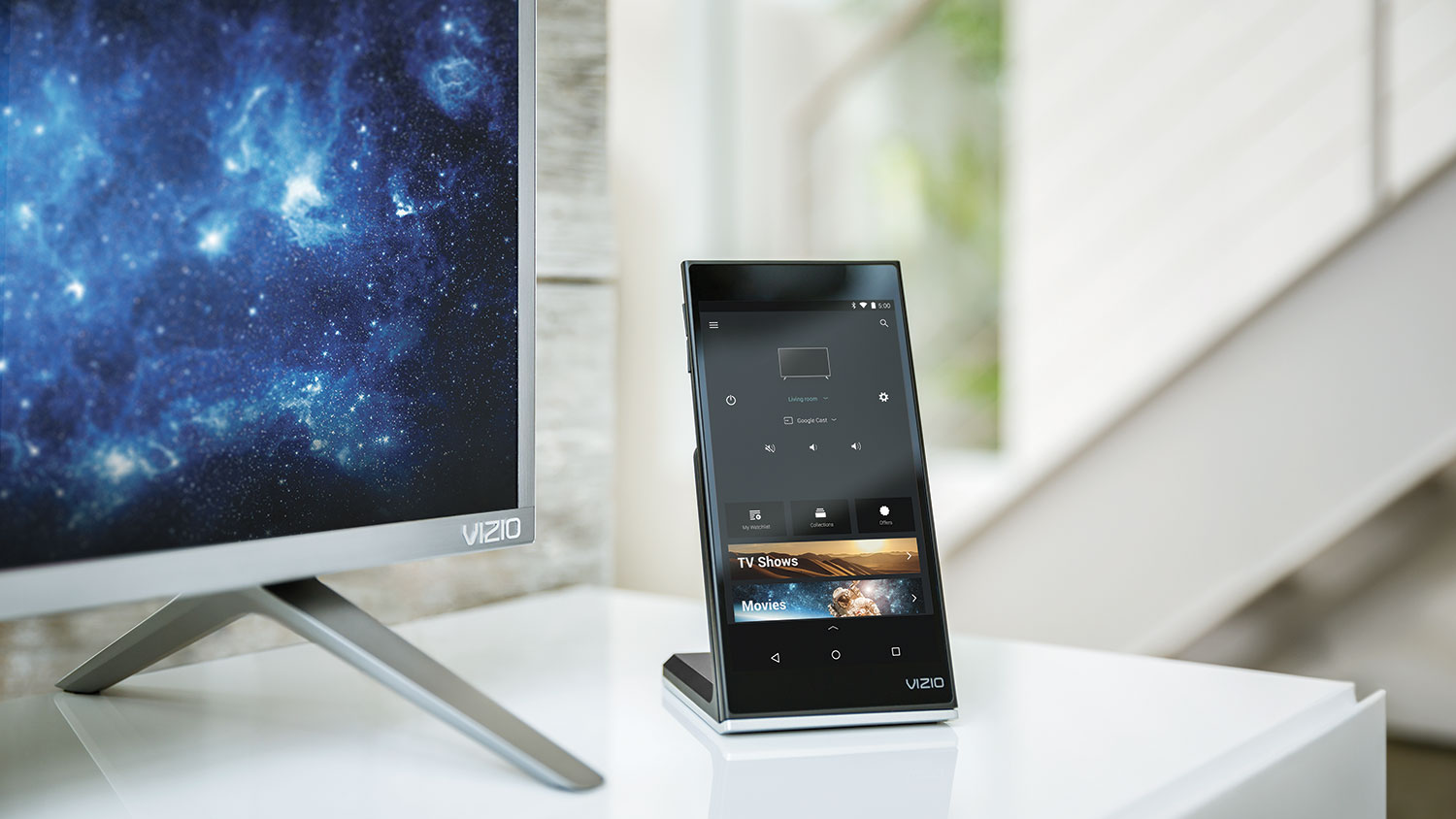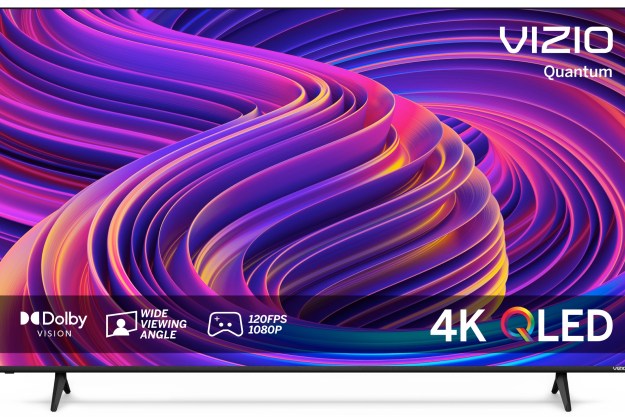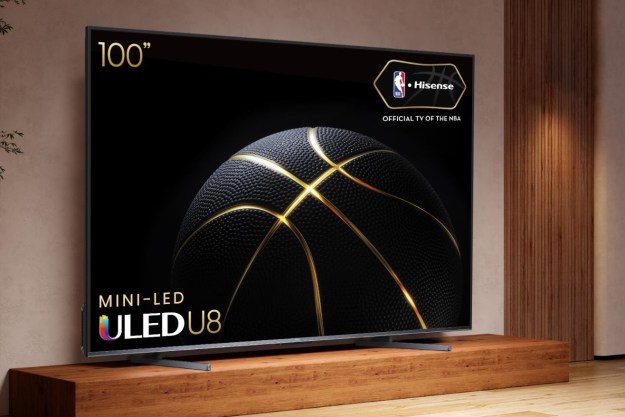Vizio first introduced its P-Series televisions in March 2015, but frankly, we wouldn’t blame you for not knowing that. They weren’t all that memorable. The P-Series was Vizio’s first 4K Ultra HD TV series, but just a few months after its introduction, Vizio came through with the M-Series, which also had 4K, along with even more premium features, for an even lower price. At the time, it was hard to figure out how the P-Series fit into Vizio’s grand plan.
Now we know.
Digital Trends got an early, up-close look at the new P-Series TV line — which Vizio officially introduced today — and we think it has what it takes to be one of the highest-rated TVs of the year.
Vizio — yes, Vizio — will be the TV brand to beat in 2016.
Vizio says the P-Series benefits from trickle-down technology originally developed for the company’s much more expensive Reference Series. That means 4K Ultra HD resolution, Dolby Vision HDR compatibility (with HDR10 support months away), and Wide Color Gamut. All of these combine for a TV ready to deliver the latest and greatest 4K Ultra HD content available from an array of sources, from Netflix to Ultra HD Blu-ray.
The P-Series all boast an attractive forward-facing design, with a minimalist logo, and a respectably thin, brushed aluminum bezel framing the display. But take a look at the TV’s profile, and it’s pretty clear these aren’t wafer-thin TVs. Turns out, that’s a very good thing, because it’s a sign of an advanced backlight system.
The P-Series uses 100 percent full-array backlighting with local dimming. In the larger 65- and 75-inch models you get 128 zones of local dimming, and 126 in the 50- and 55-inch models. What’s more, Vizio appears to have refined its local-dimming processing, because we spotted zero readily apparent LED backlight anomalies during the demonstration. One of the demo scenes showed a bright ring of swirling light on a jet-black background. Normally, this would create a halo of light around the ring’s bright edges. But as we looked at the center of the ring, we were hard pressed to see the tell-tale signs of bluish-gray that we normally see in LCD sets. This continued across the board with relatively challenging demo scenes — the P-Series contrast looks outstanding.
Stepping away from the picture quality for a moment, let’s talk about the P-series Smart TV interface: There’s isn’t one. Well, not in the traditional sense anyway. Vizio ditched its old Smart TV platform, which we never cared for, and replaced it with Google Cast. Yes, these TVs essentially have Chromecast built in, and they go even further than that. Each TV will come with 6-inch Android tablet included, running a straightforward version of Android Lollipop. A dedicated Vizio app, dubbed SmartCast, lets you do everything from changing picture settings, to cycling through inputs, and adjusting the volume — anything you’d do with a standard remote, and then some. Vizio has also announced that the new SmartCast functionality will eventually span across “displays, sound bars, and standalone speakers,” allowing users to control multiple Vizio components through the app.
The P-Series TVs do come with a traditional remote, but the tablet, with its wireless charging cradle and Bluetooth Low Energy pairing (much like NFC), is way more fun. You can also use the tablet to search for content you want to watch, find it on the services you subscribe to, then hit the go button to start watching.
To that end, in a partnership with Netflix, Vizio’s P-Series will be the first to support HDR content on Netflix, in Dolby Vision. Vizio also has access to Vudu’s growing catalog of Ultra HD content in
To be clear, this is not a full review. We haven’t had a chance to check color accuracy, for example, and we did feel like red colors seemed a little blown out in some scenes. But, our first impressions based on the hour or so that we did spend with these TVs has us believing firmly that Vizio — yes, Vizio — will be the TV brand to beat in 2016.
The P-Series’ picture performance levels appear to be on par with — and even ahead of — top-tier competition. And then there’s the pricing, which is, in typical Vizio style, super compelling. The 50-inch P50-C1 goes for $999, the 55-inch P55-C1 for $1299, the 65-inch P65-C1 is $1,999 and the 75-inch P75-C1 monster is just $3,799 – and you’ll find them exclusively, at least at first, at Best Buy stores.
We strongly suggest you go check them out for yourself, because we think Vizio is going to have Samsung and LG running this year, and we wouldn’t be surprised if the best TV of the year, ends up being one that you see right here.
Updated by Ryan Waniata at 3/22/2016 at 10:22 a.m. PST: Vizio has announced its new SmartCast functionality will span across multiple TVs and audio components.
Editors' Recommendations
- Let’s discuss an Apple TV 4K with a camera
- Belkin drops a $50 mount for iPhone video calls on Apple TV 4K
- There’s only one streaming device that lets you escape ads
- TCL’s giant 115-inch QM89 is the world’s largest 4K mini-LED TV
- Hisense teases 110-inch, 10,000-nit TV ahead of CES 2024







